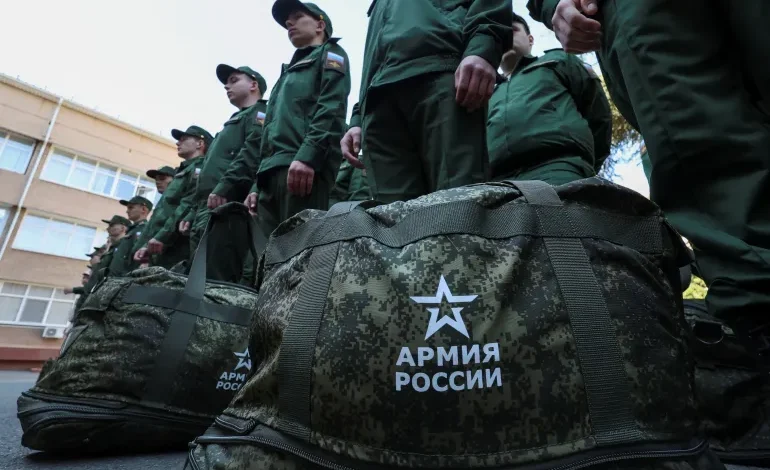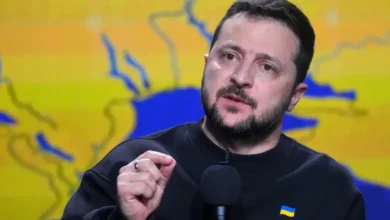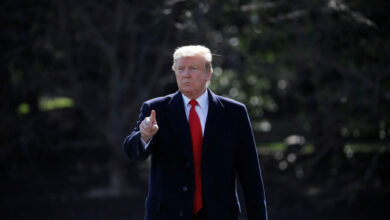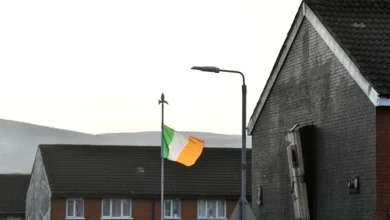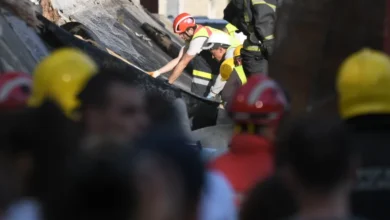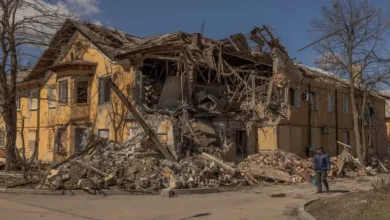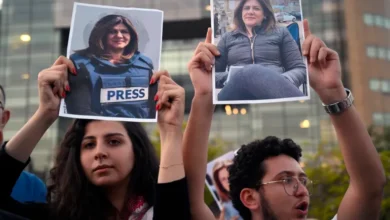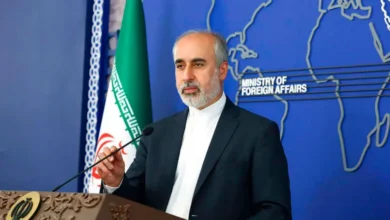They are also being dramatically expanded. The Marines for example are being increased from five brigades or about 20,000 soldiers to five divisions – meaning about 75,000 soldiers.
Russia’s military planners are moving rapidly away from the brigade as the basic military unit to the division.
The extremely high death rate has taught Russia that a brigade cannot sustain heavy losses and still be effective. A larger division can absorb these losses and fight until replacements arrive.
Tanks, tanks and more tanks
While tanks were almost written off as obsolete before the war, both Russia and Ukraine have leant heavily on tank forces in their battles for territory. But losses on both sides have been high as drones, mines and a lack of an effective air force take their toll.
Losses of Russian tanks have been especially high. According to recent figures from Kyiv, Moscow has lost more than 8,000 since the war began. Western estimates suggest that, with Moscow’s economy now on a war footing, it can manufacture 1,500 tanks a year, although a large portion of these is made up of refurbished older models.
Innovations
Despite this obvious lack in military equipment, some advances have been made.
Russia has finally cottoned on to the fact that drones in all shapes and sizes are vital for 21st century conflict. The adoption of these new technologies has allowed Russian forces to spot Ukrainian military build-ups and attacks far earlier.
Artillery fire can now be adjusted in real-time with devastating consequences.
Russia’s electronic warfare units have been effective in jamming Ukrainian tactical communications networks and spoofing Ukrainian drones, denying Ukrainian officers the information they need to make quick decisions and hampering their offensive operations.
These electronic warfare units have gained experience and are more efficient than they were at the start of the conflict in 2022, giving Russian forces an edge in military operations on the ground. In the air, it’s a different story.
Russia’s weak air force
Perhaps the weakest of Russia’s military branches is its air force.
Its consistently poor performance is matched by poor doctrine and equipment losses that have been hard to replace. Unlike Western militaries, Russia’s air force isn’t trained for strategic air campaigns, focusing solely on supporting ground units where needed.
Despite being at least four times the size of Ukraine’s, it was unable to destroy airfields, ammunition dumps, and radar sites in the opening hours of the invasion.
This is very different to Western air forces which, while also supporting ground units, are able to comprehensively blind its enemy, destroying key targets and large formations on the ground. They can cause strategic damage in the opening minutes of any conflict, enabling their forces to advance relatively unhindered.
In an effort to offset this weakness, long-range missiles have been used to great effect, penetrating deep into Ukraine despite Kyiv’s comprehensive air defences.
Iranian drones used as cheap cruise missiles are launched in barrages, soaking up and threatening to overwhelm Ukrainian defences.
